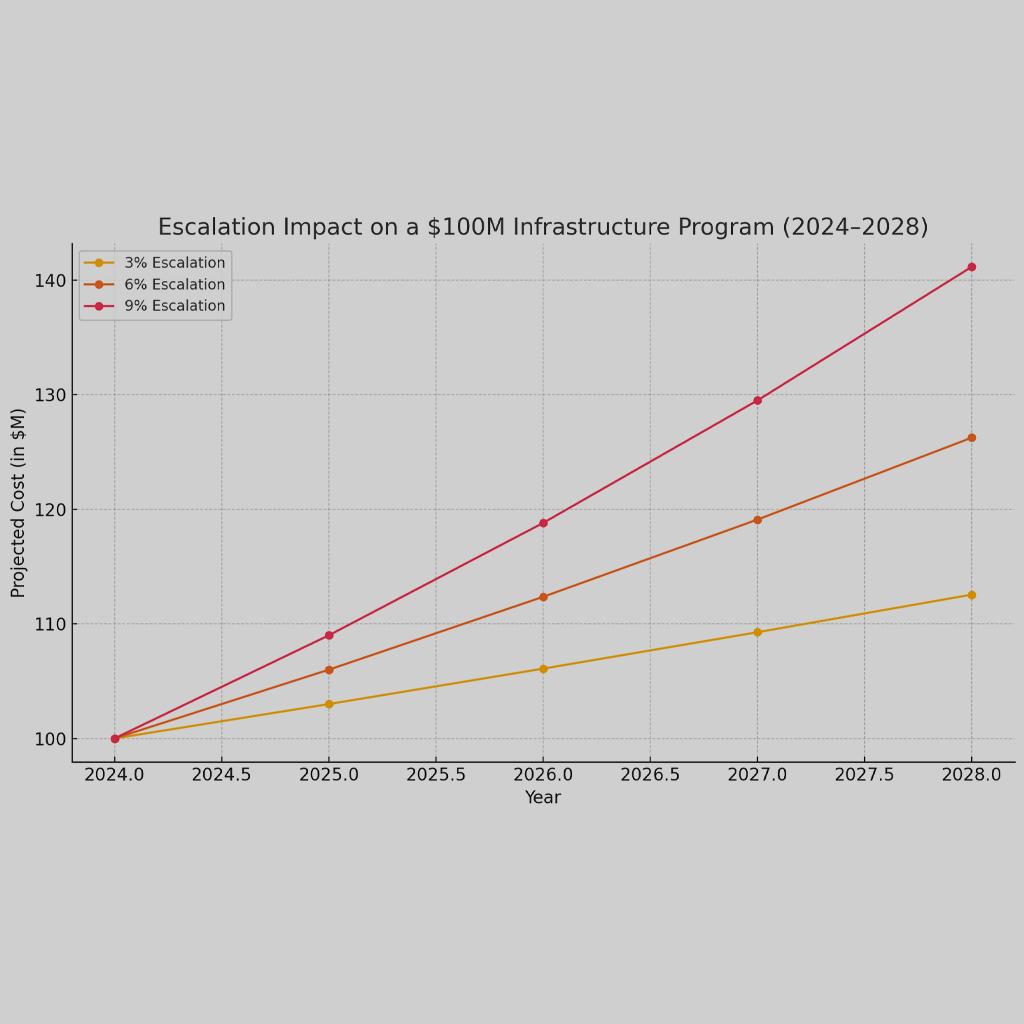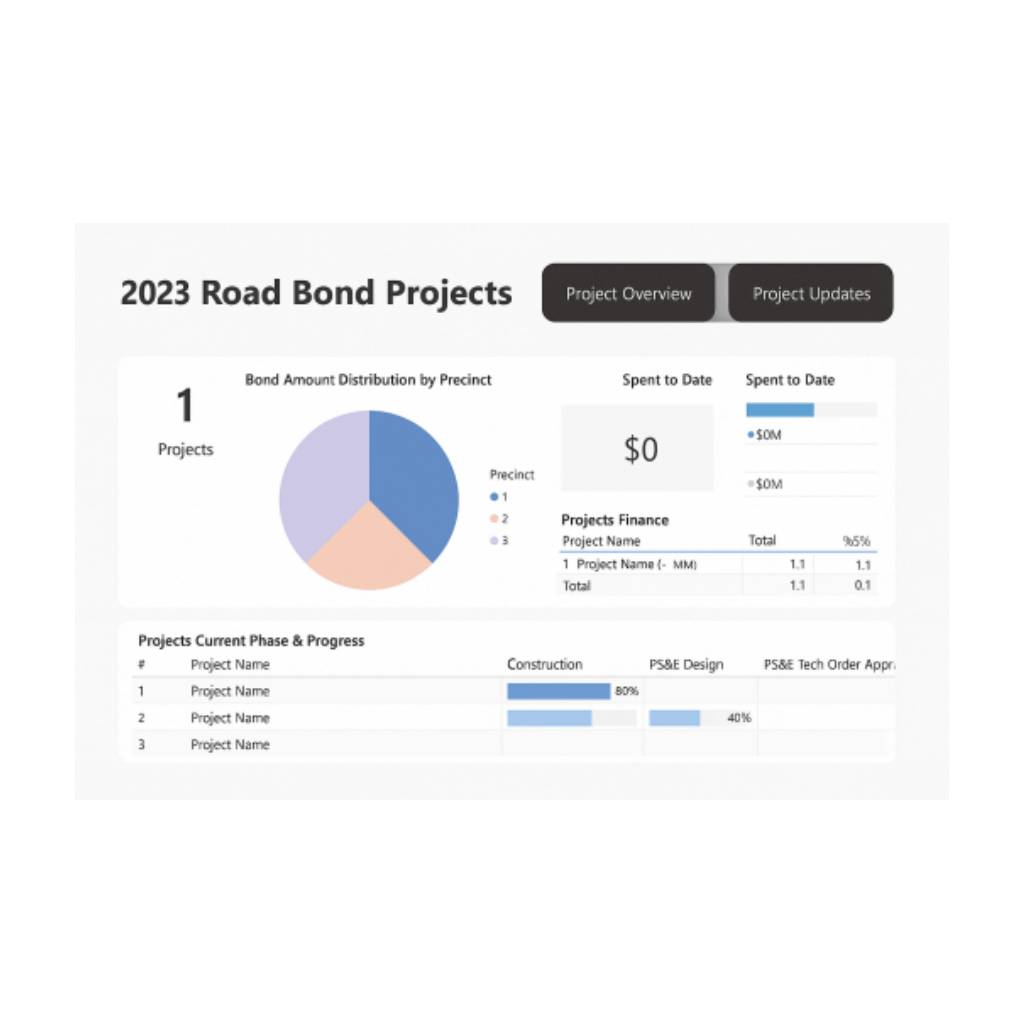In an era of rapid development and technological advancements, the thoughtful management of capital assets is more crucial than ever. Capital Improvement Program (CIP) Plans stand at the nexus of infrastructure development and fiscal responsibility, providing a roadmap for organizations to ensure that they judiciously invest in their future. This article provides a step-by-step guide to crafting and implementing an effective CIP Plans.
Understanding the Capital Improvement Program Plan
A Capital Improvement Program Plan, sometimes also known as a Capital Expenditure Plan or Capital Budget Plan, is a multi-year strategy for the acquisition, construction, or renovation of public infrastructure and other significant assets. It is indispensable for municipalities, public agencies, and even sizable private entities aiming to systematically channel their capital funds.
Steps to Design and Implement a CIP Plan
- Assessing the Landscape:
- Begin by taking stock of current assets and their state.
- Identify gaps and forecast future necessities, taking into account aspects like growth trajectories, evolving standards, or regulatory mandates.
- Goal Setting:
- Clearly articulate the overarching aims of the CIP Plan.
- Objectives could range from service level enhancements and asset preservation to fiscal prudence and risk management.
- Stakeholder Engagement:
- A CIP is as much about the people as it is about infrastructure.
- Engage with a broad base of stakeholders, from department heads and local leadership to staff and the community at large.
- Crafting Project Proposals:
- For each need pinpointed, formulate a robust project blueprint.
- Detail out aspects like scope, preliminary designs, cost estimates, potential financing avenues, timelines, and anticipated benefits.
- Project Prioritization:
- Deploy a systematic scoring or ranking mechanism, grounded in criteria such as urgency, societal impact, return on investment, and alignment with larger strategic imperatives.
- Mapping Financing Avenues:
- Scrutinize available funding streams – be it reserves, grants, bonds, or user levies.
- Strategically align projects with their apt financing sources.
- Articulating the Plan:
- Convey the CIP through a lucid document or spreadsheet, enlisting projects, associated costs, execution timelines, and financing modalities.
- Typically, a 5 to 10-year horizon is envisaged, with the inaugural year feeding into the upcoming fiscal year’s capital budget.
- Plan Endorsement:
- Showcase the CIP Plan draft to key decision-makers for feedback.
- Post iterations, seek the final nod and dovetail the approved plan into the yearly budgeting cycle.
- Plan Realization:
- Trigger the procurement mechanisms, spanning issuing tenders to project commissioning.
- Vigilantly monitor the project lifecycle to ensure timely and budgeted delivery.
- Continuous Monitoring:
- Engage in regular progress updates to all relevant stakeholders.
- Realign the plan in response to evolving realities, priorities, or fund availability and assess completed projects’ impact and efficacy.
- Annual Review:
- A CIP is a living document. Revisit it yearly to incorporate finished projects, identify new imperatives, and reflect changing stakeholder expectations.
- Staying Agile:
- While the CIP is directive, adaptability remains key. Externalities like economic shifts, unexpected exigencies, or stakeholder priority evolution can necessitate mid-course tweaks.
In Closing
A CIP Plan transcends a mere inventory of projects and investment. It symbolizes an entity’s strategic vision and long-term aspirations. With a systematic and consultative approach to its formulation and deployment, a CIP can ensure that resources are channeled effectively, delivering sustained value and fostering trust among stakeholders. In the ever-evolving tapestry of infrastructure development, a well-crafted CIP can be the compass that guides organizations toward a prosperous future.
At Front Line Advisory Group, we provide program management consulting services for capital improvement bonds. We are revolutionizing the construction industry and transforming client expectations by obsessing over the basics of budget oversight, schedule enforcement, compliance, vendor management, and stakeholder communication. Contact us for more info at info@frontlineadvisorygroup.com.













